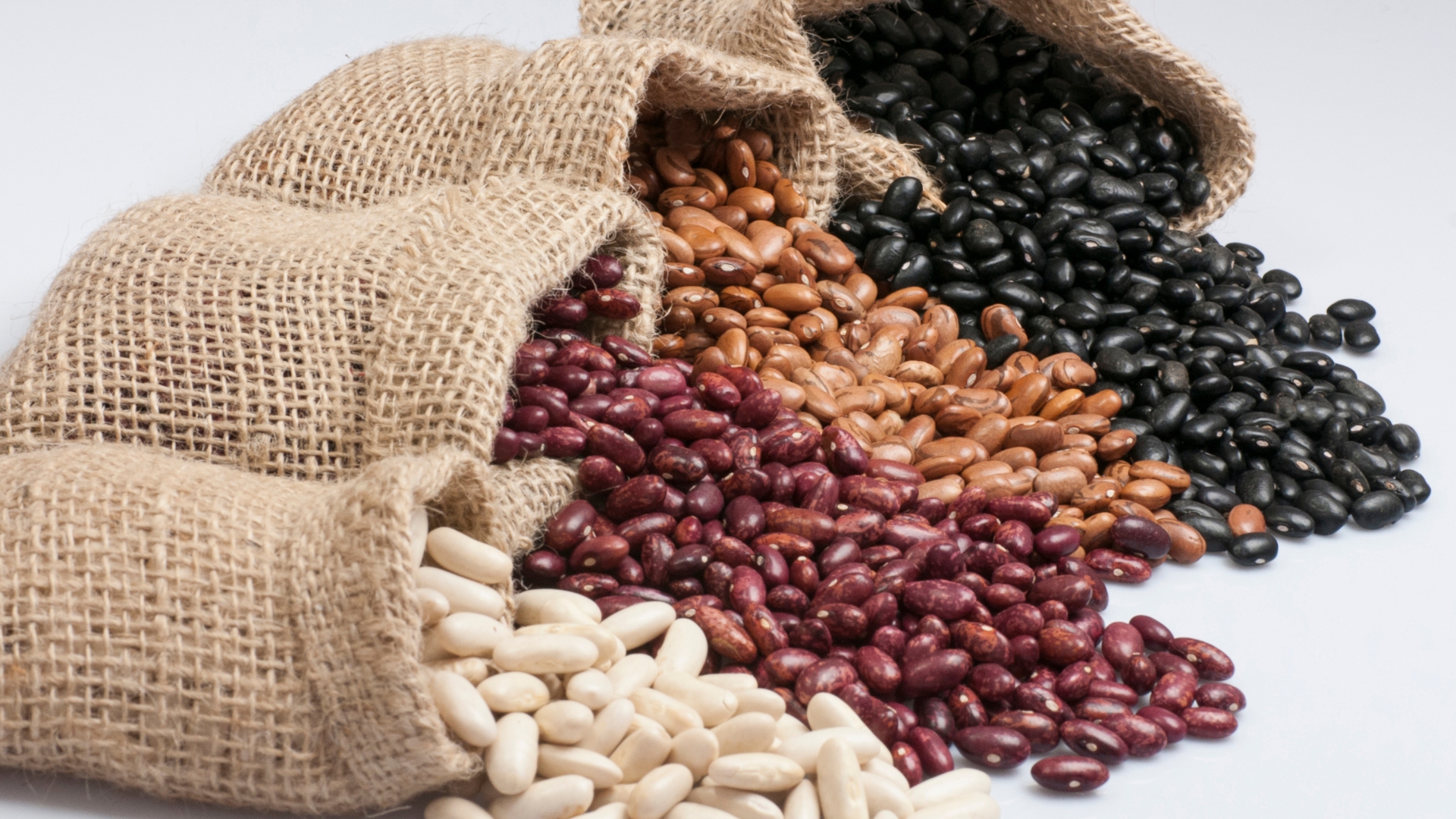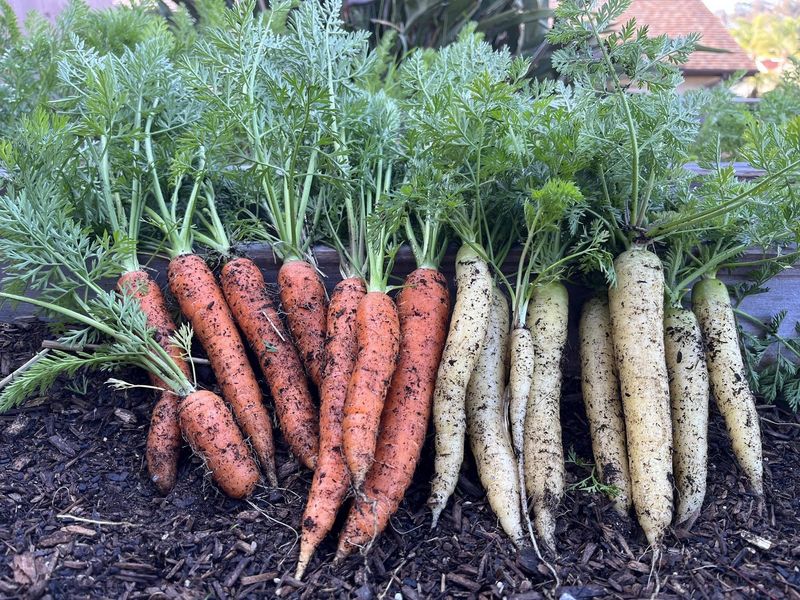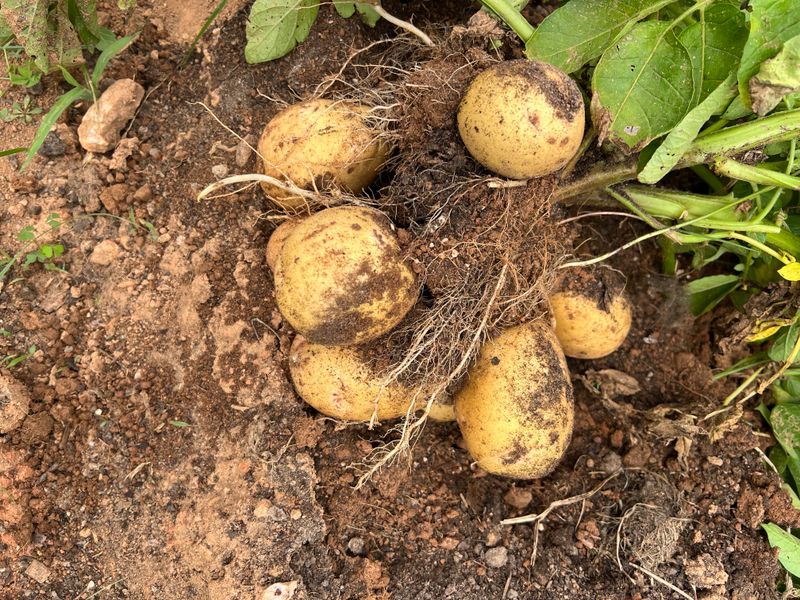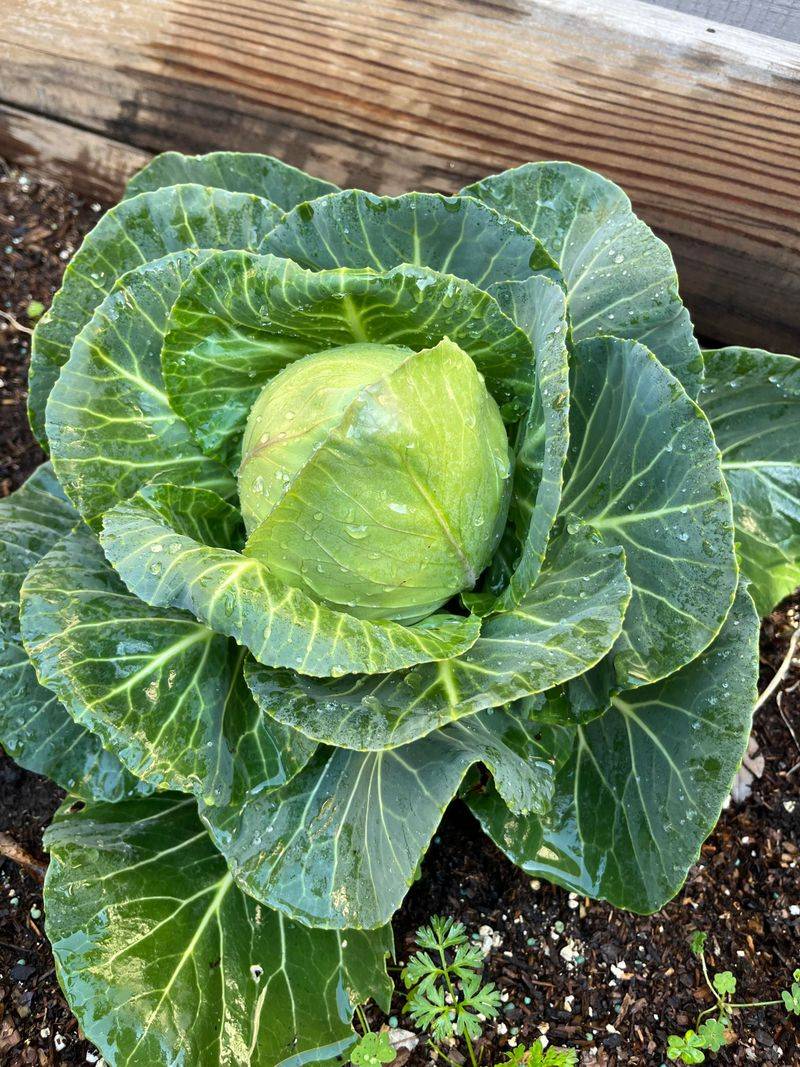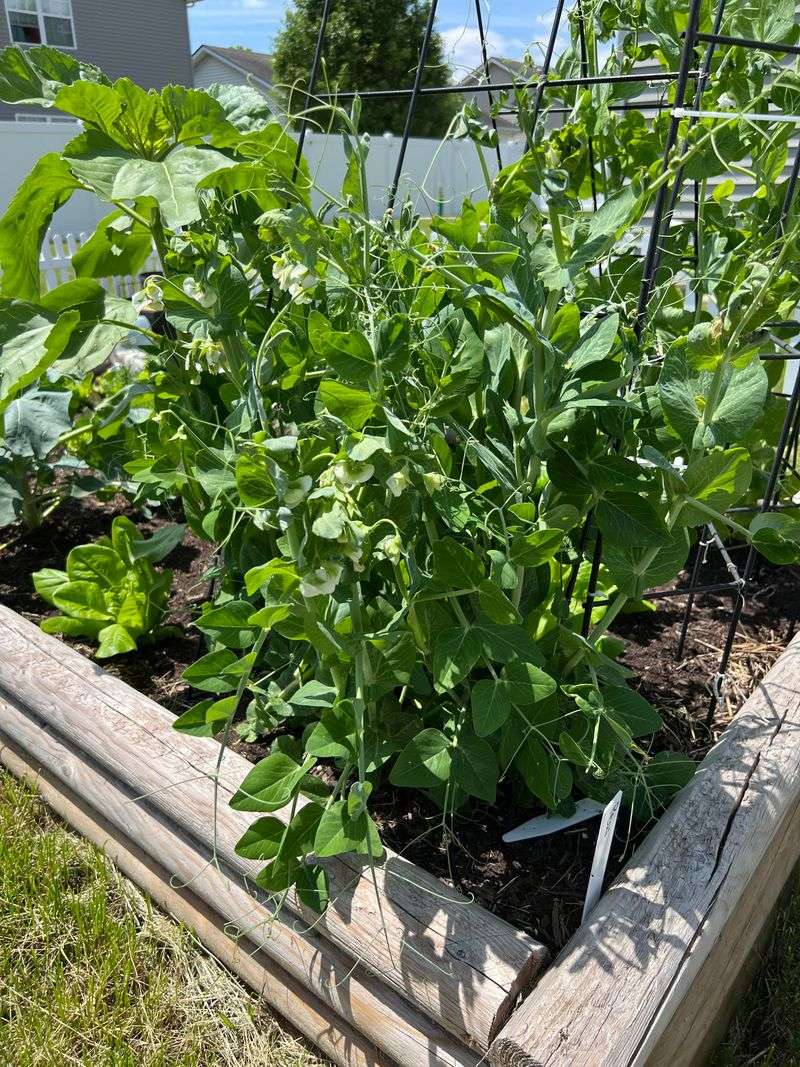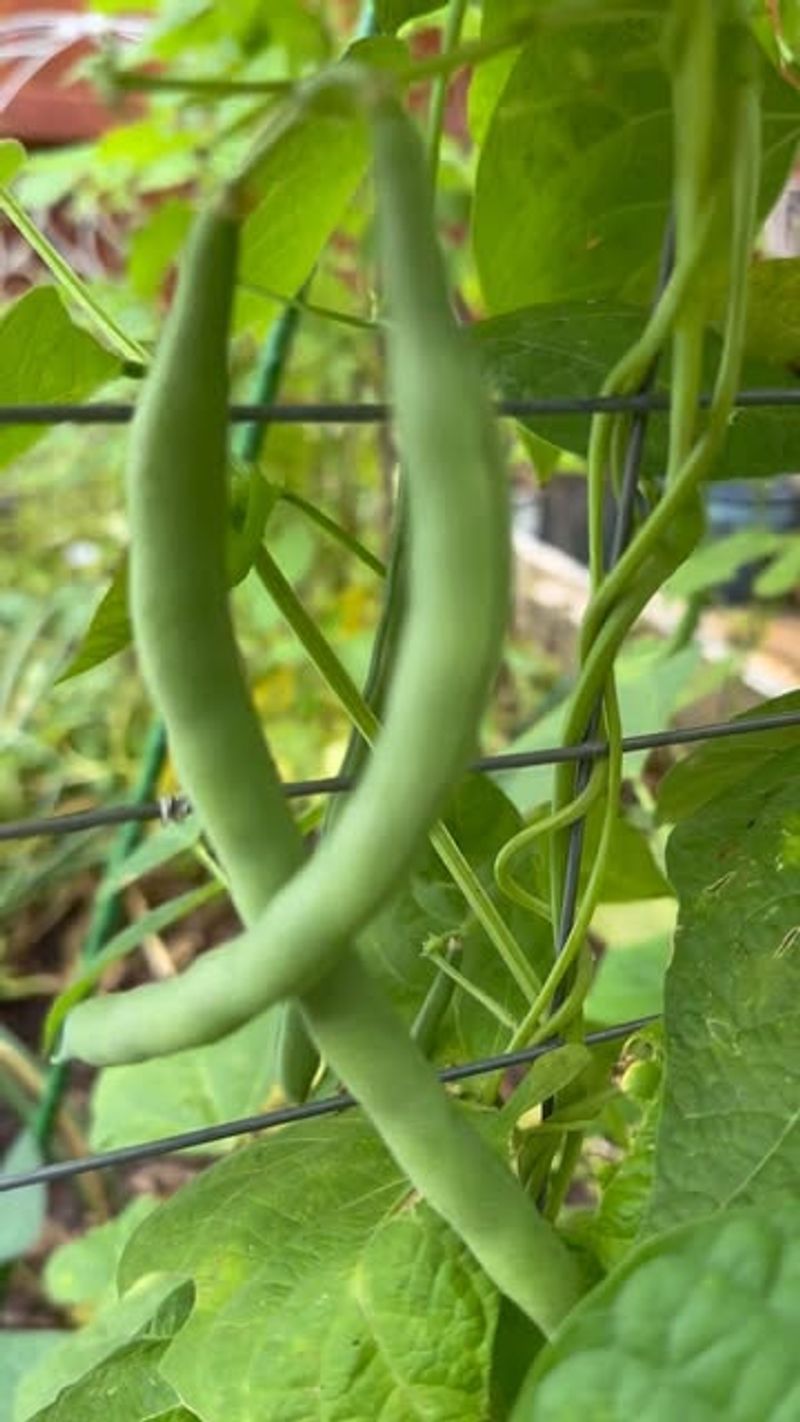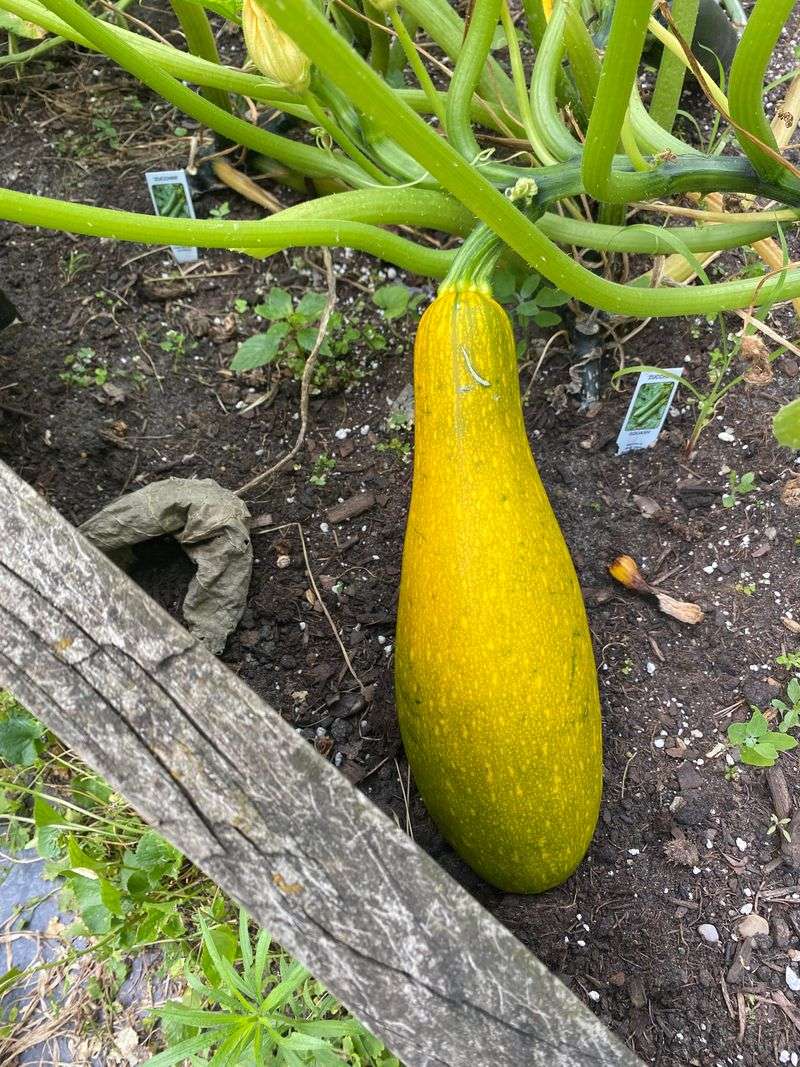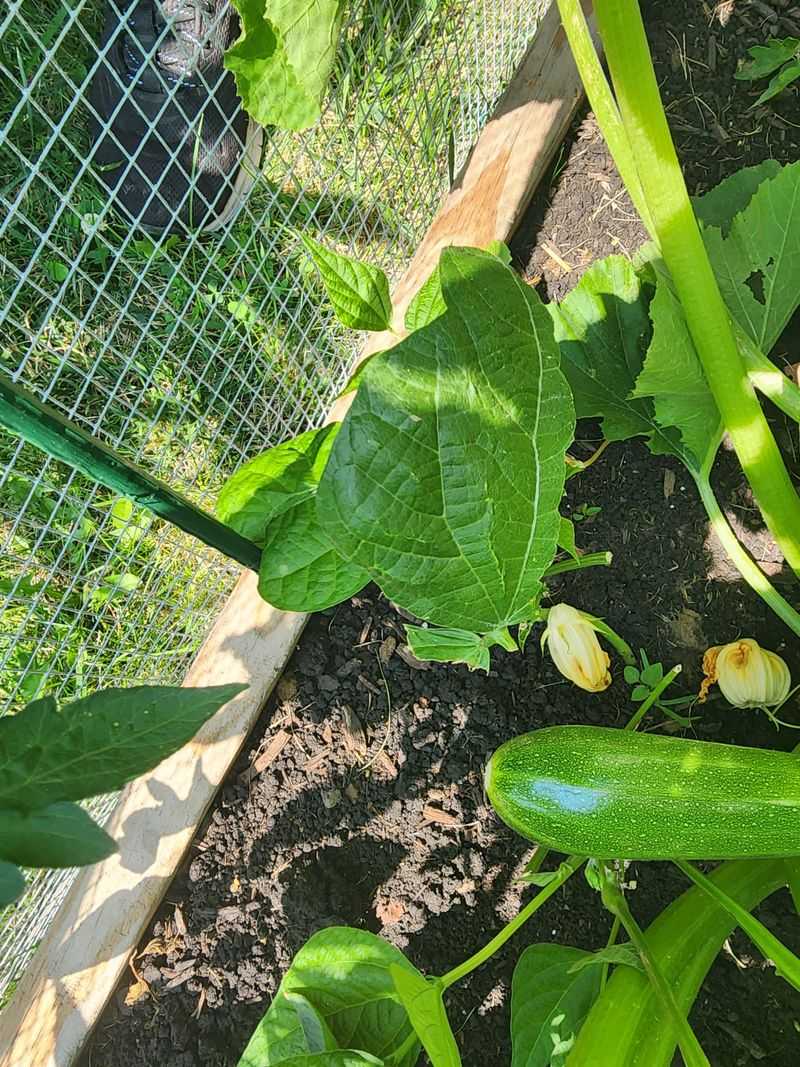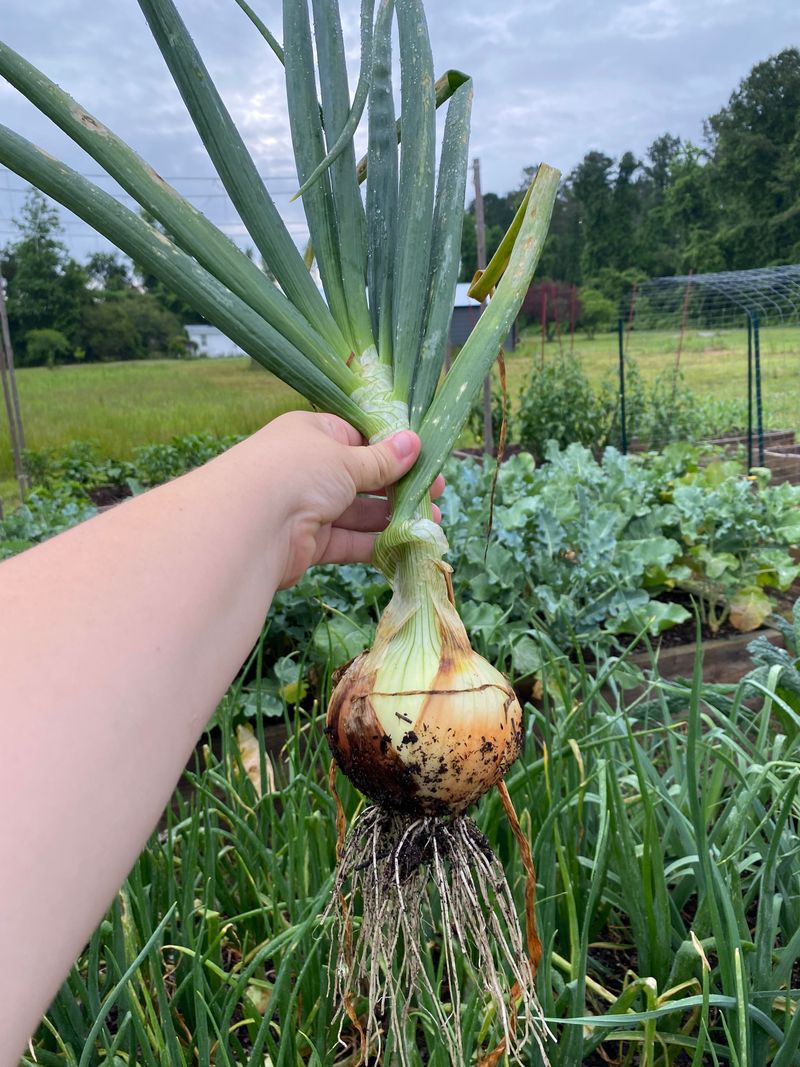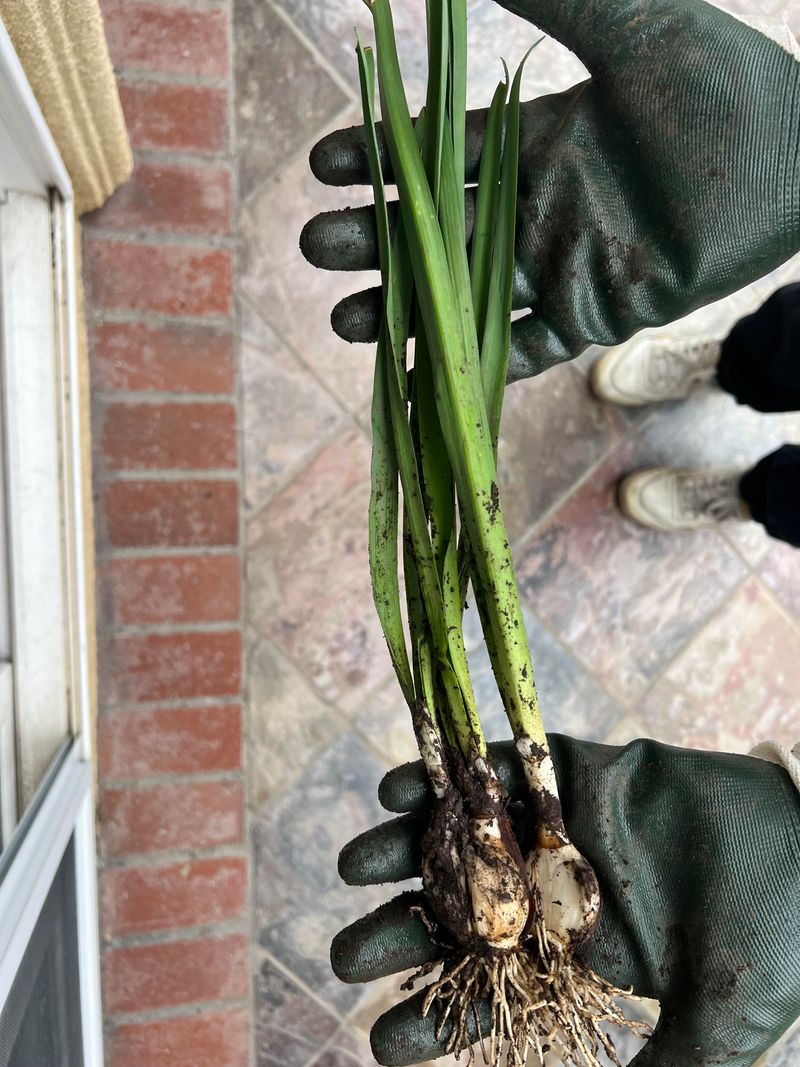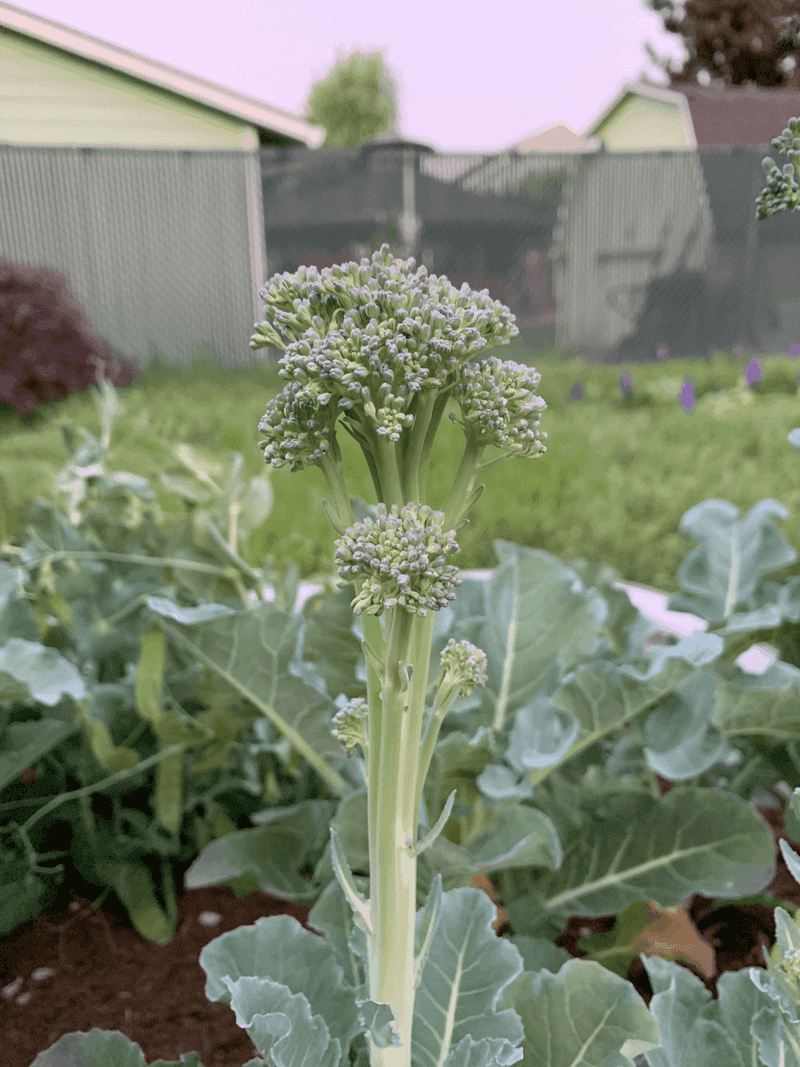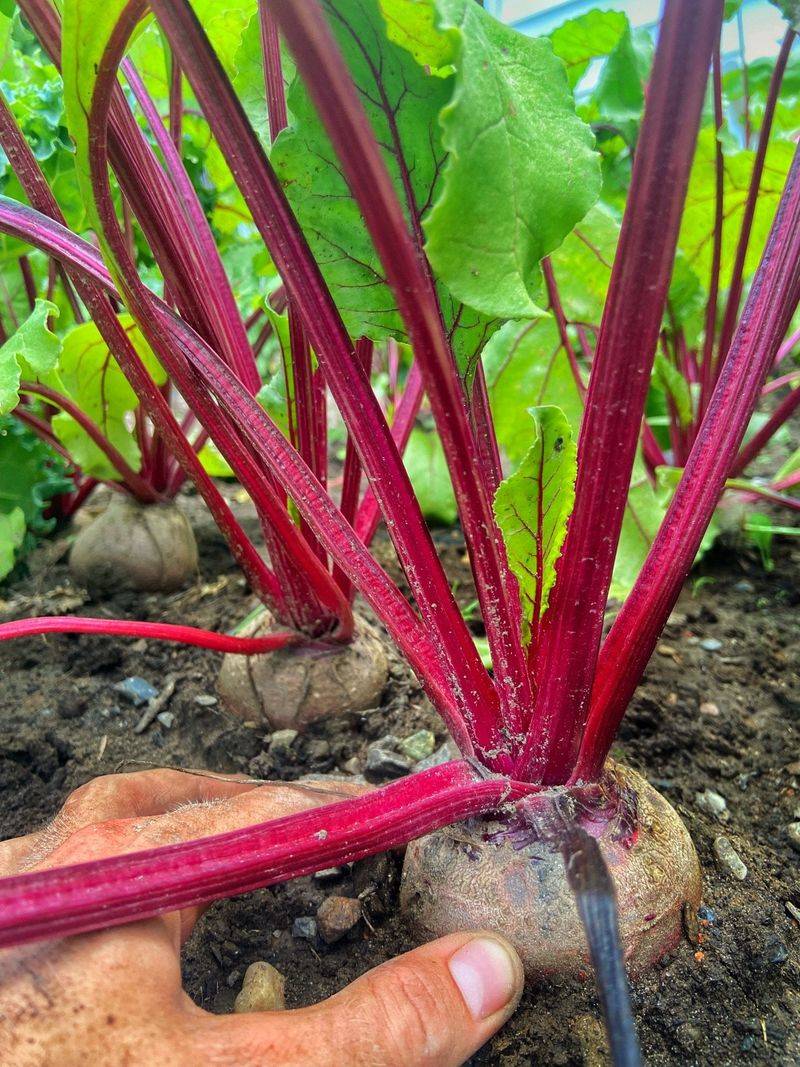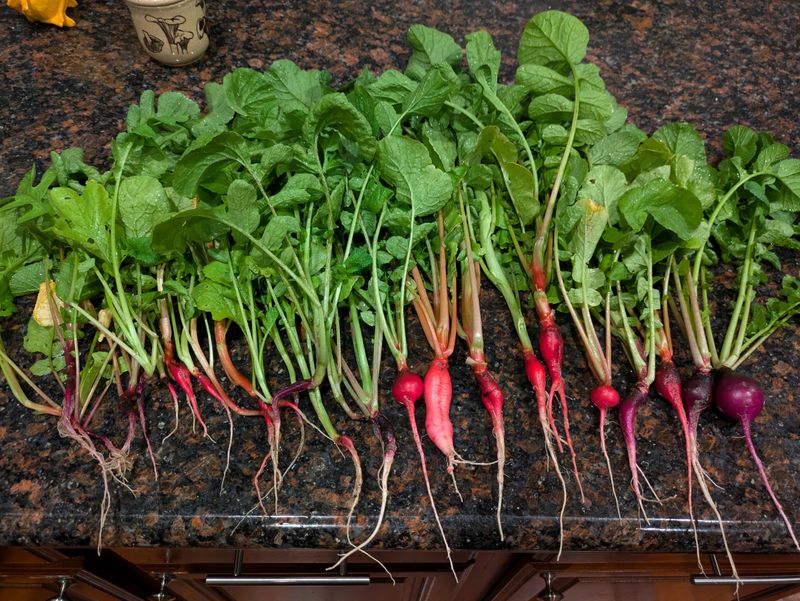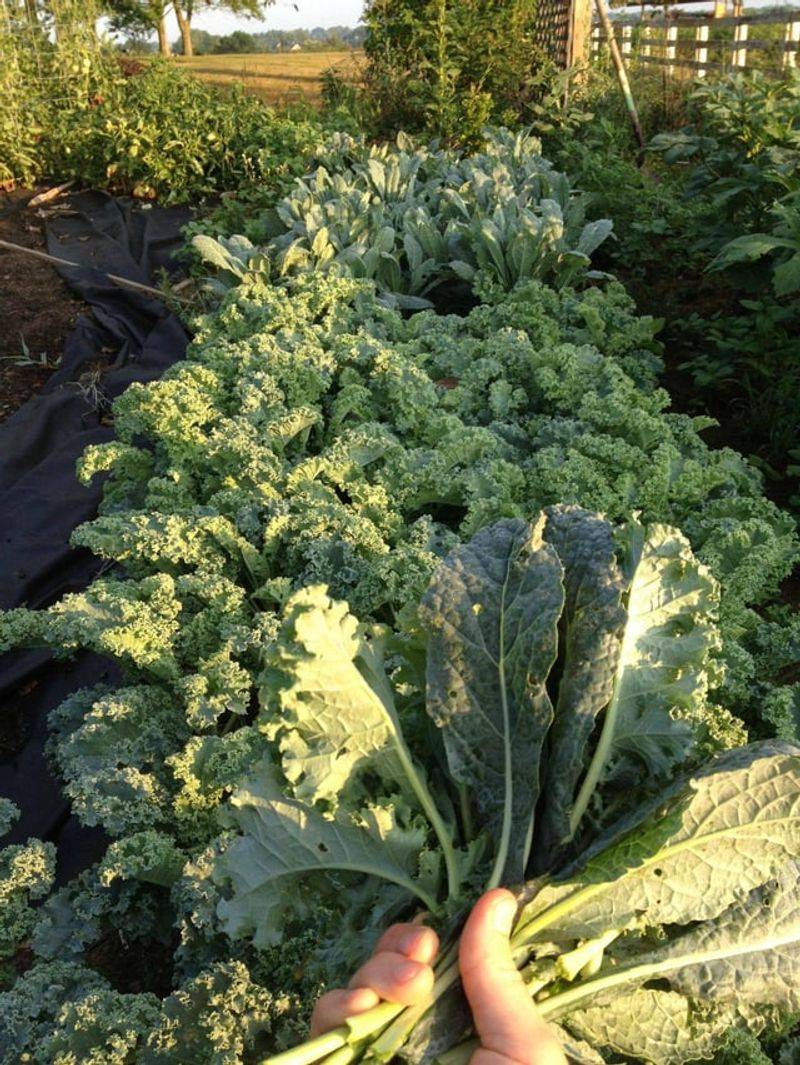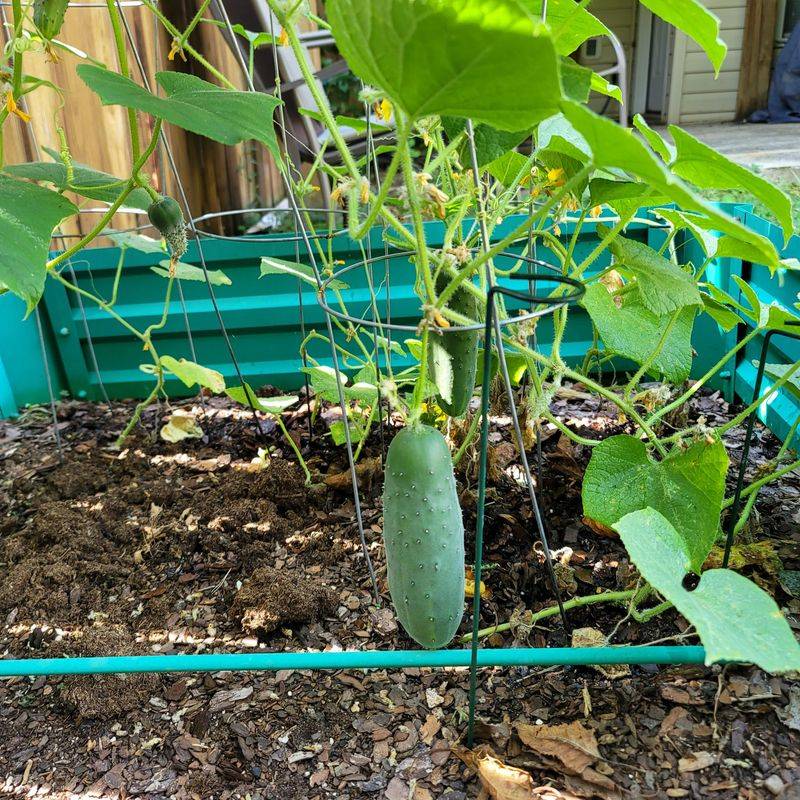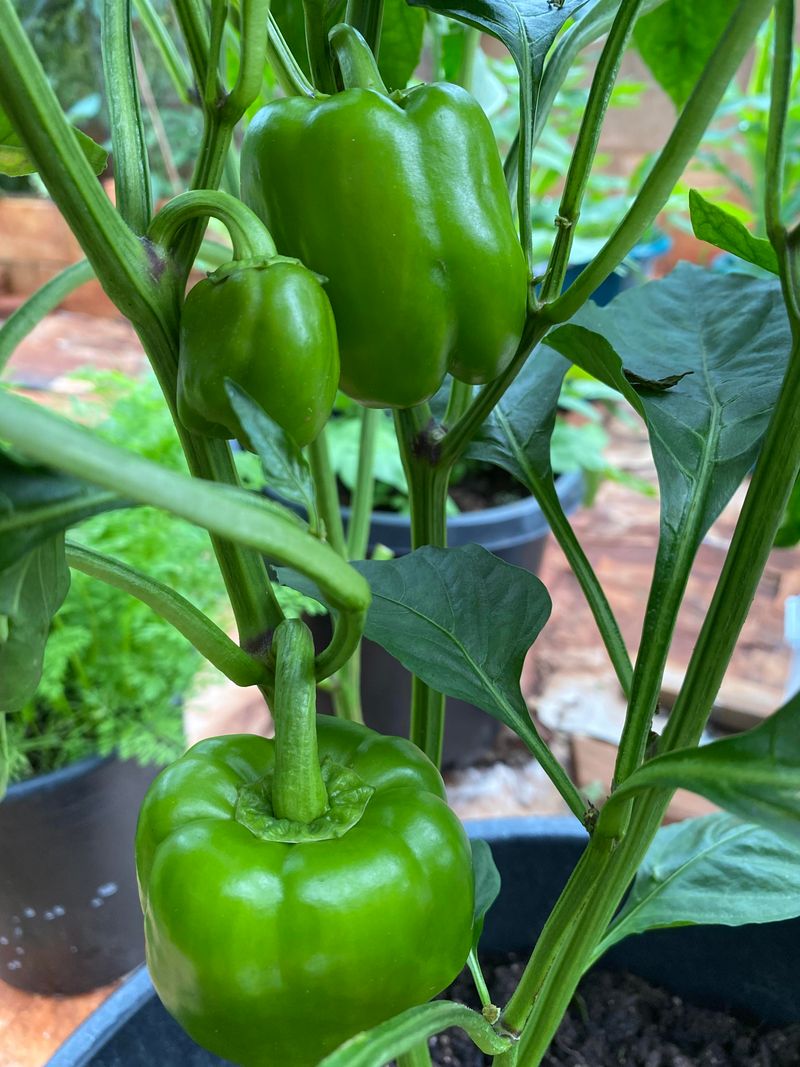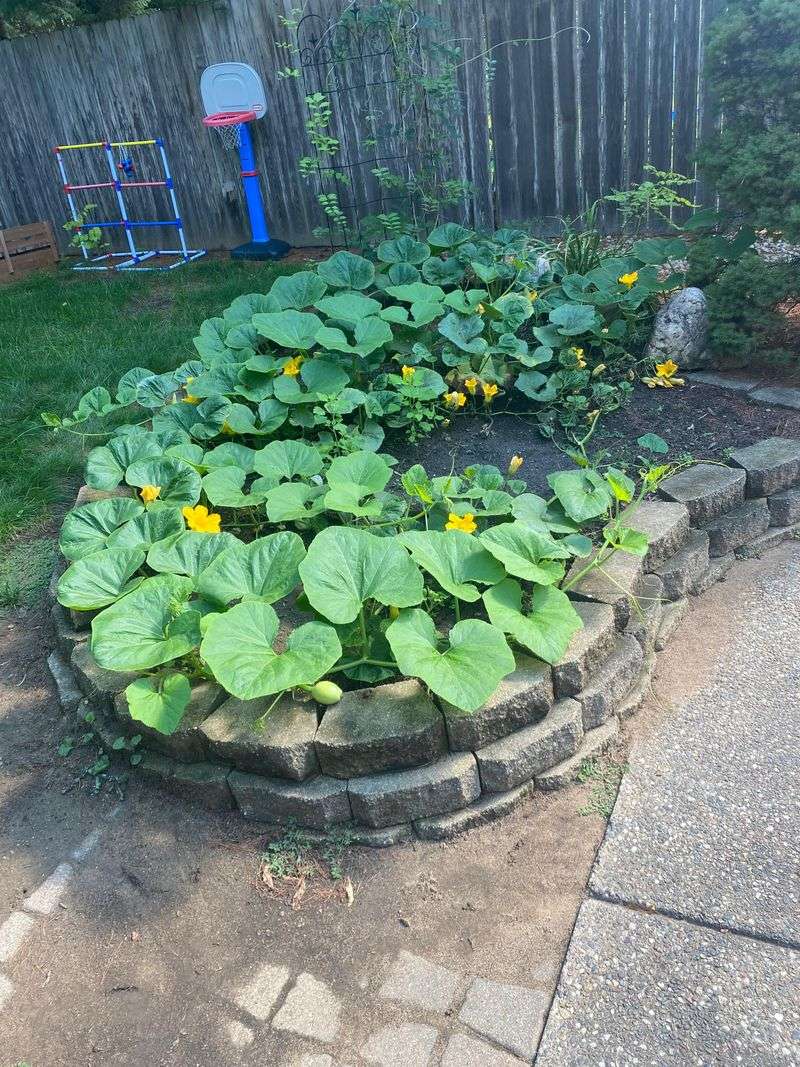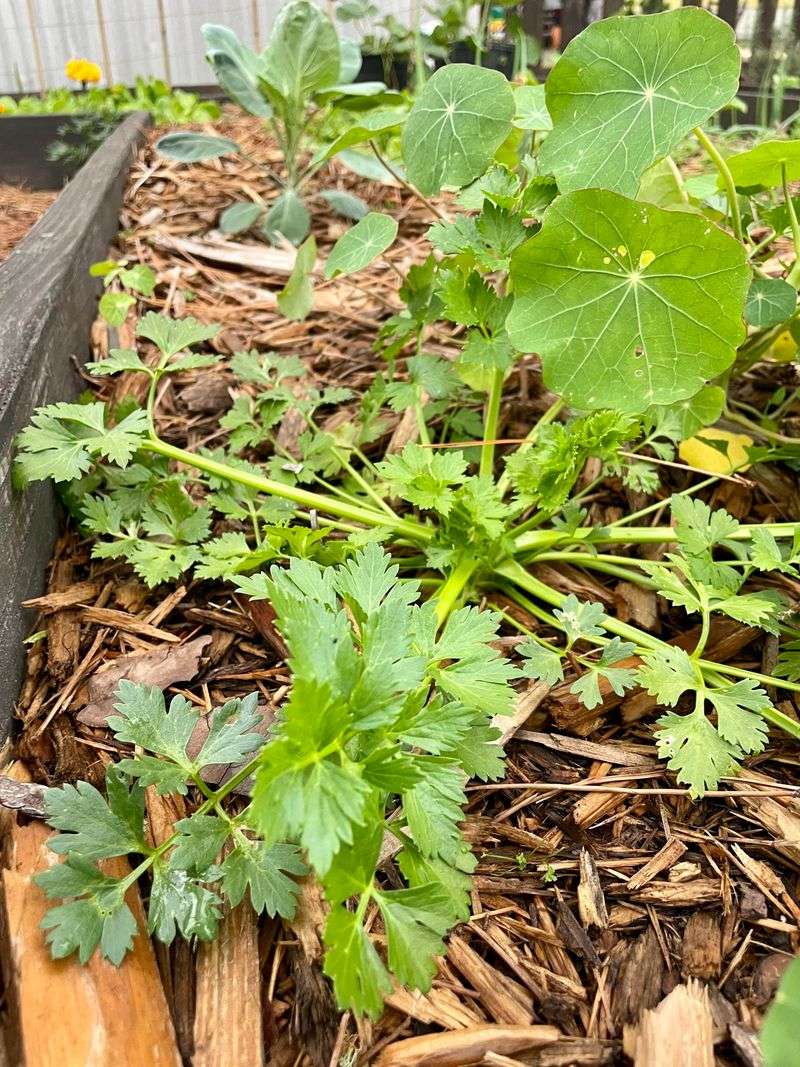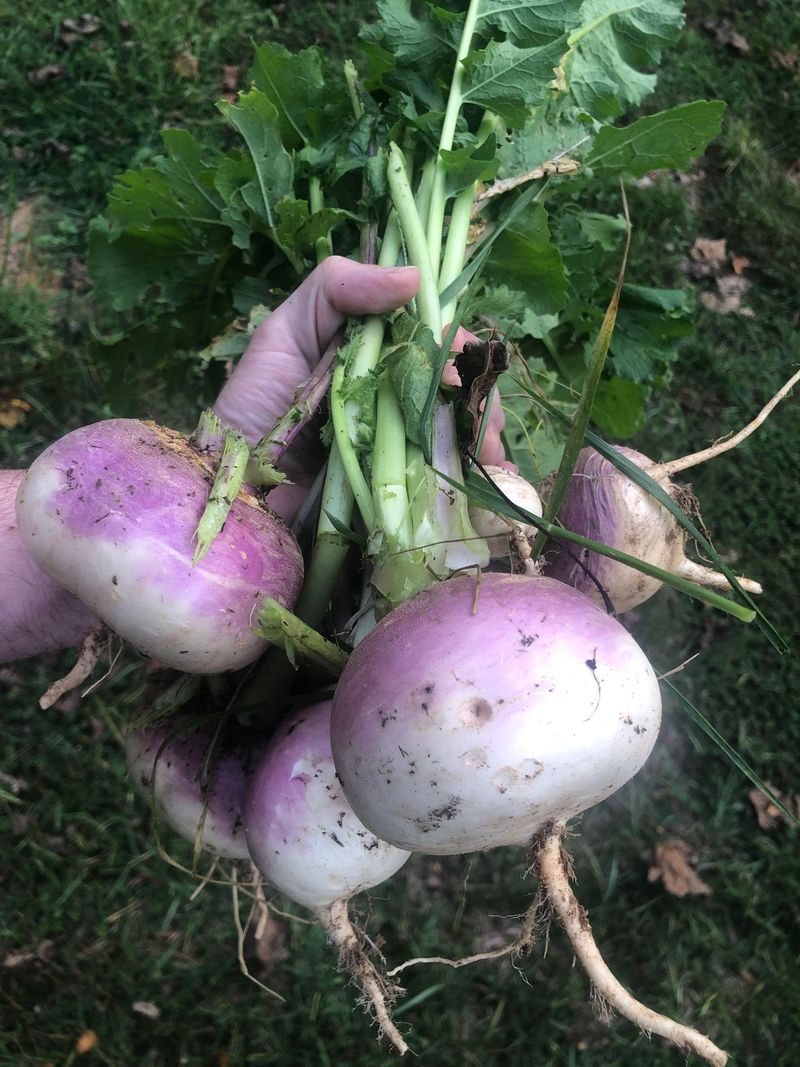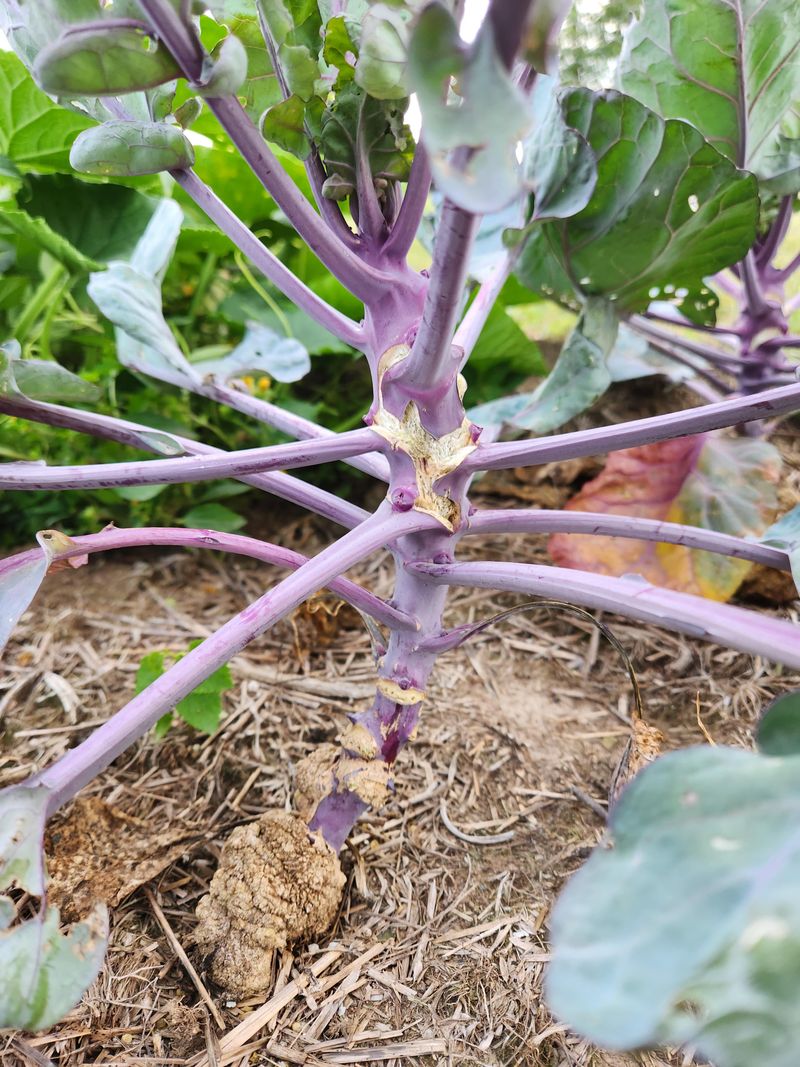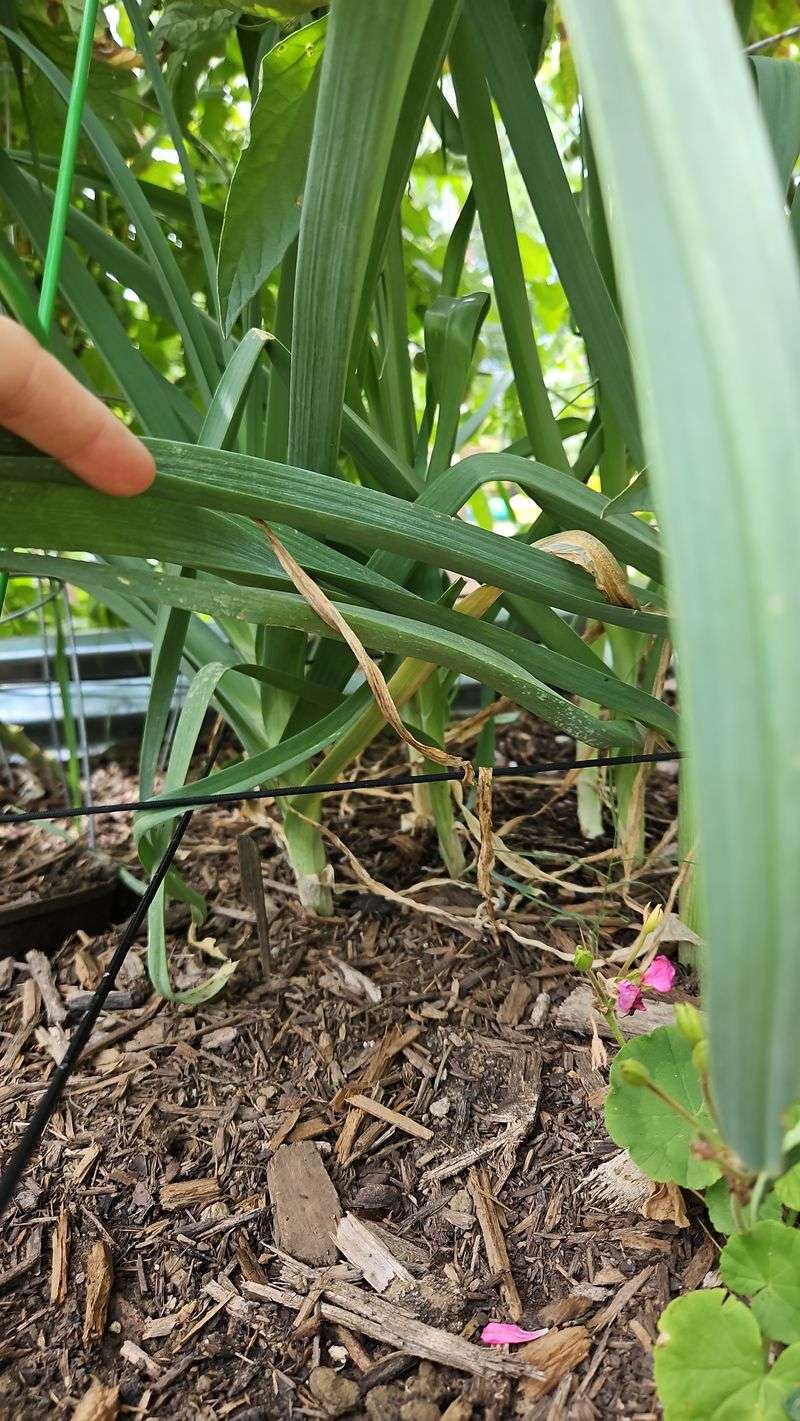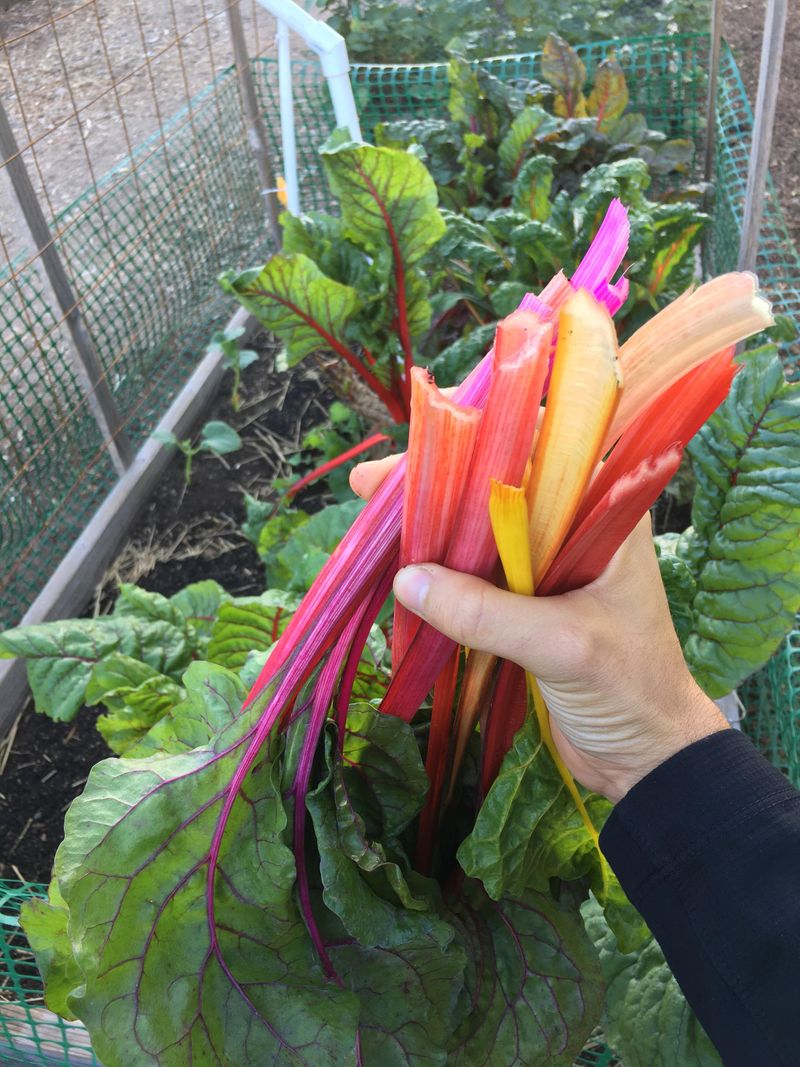In a world where self-sufficiency is becoming more important, growing a garden that can withstand unpredictable conditions is a valuable skill to cultivate. The seeds you choose to plant play a crucial role in ensuring your garden flourishes. This guide highlights the 28 best seeds for survival, promising resilience and productivity. These seeds not only provide essential nutrition but also adapt well to various climates, making them ideal for any survival situation. Whether you’re a seasoned gardener or a beginner, these seeds will help you cultivate a thriving garden that can endure almost anything.
1. Tomato
Imagine biting into a juicy, sun-warmed tomato straight from the vine. Tomatoes are a staple in survival gardens due to their versatility and high yield. These vibrant fruits can be eaten fresh, canned, or turned into sauces, providing a burst of flavor in any meal.
The tomato plant thrives in warm conditions and can adapt to different soils, making it an excellent choice for varied climates. They grow quickly, often producing fruit within a couple of months, ensuring a fast return on your gardening efforts.
With many varieties to choose from, you can pick those that best suit your region and taste preferences, ensuring a steady supply of this nutritious and delicious fruit.
2. Carrot
Carrots are an excellent root vegetable, essential for any survival garden because of their long storage life and nutritional value.
These vibrant vegetables are packed with beta-carotene and other antioxidants, promoting good vision and overall health. Carrots are versatile, easily eaten raw or cooked in various dishes, adding a sweet crunch to meals.
Growing carrots requires loose, well-drained soil, but they are relatively easy to cultivate, making them perfect for novice gardeners looking to ensure a reliable food source throughout the year.
3. Potato
Think of the humble potato, a versatile and hearty staple in diets worldwide. Potatoes are a cornerstone of survival gardens due to their ability to provide substantial calories and nutrients.
These tubers can thrive in a variety of soil types and climates, making them incredibly adaptable. They can be boiled, mashed, fried, or baked, offering endless culinary possibilities.
Potatoes store well for long periods, especially in cool, dark places, ensuring you have a consistent food supply. Their ease of growth and resilience make them an indispensable addition to any survival garden.
4. Cabbage
Cabbage is a resilient vegetable that provides essential nutrients and can be stored for extended periods, especially when fermented into sauerkraut.
This leafy green thrives in cooler weather and can withstand a bit of frost, offering versatility in planting seasons. Its dense, crunchy leaves can be used in salads, soups, or stews, making it a staple in many cuisines.
With its easy cultivation and high productivity, cabbage is a perfect choice for those looking to maximize their garden’s output while adding diversity to their diet.
5. Spinach
Spinach is a nutrient powerhouse, rich in iron, calcium, and vitamins, making it a vital component of any survival garden.
This leafy green loves cool weather and can be planted in early spring or fall, providing flexibility in your gardening schedule. Spinach is easy to grow and yields quickly, often ready to harvest within weeks.
Whether used fresh in salads or cooked in various dishes, spinach adds a nutritional boost and is a reliable and versatile addition to your garden.
6. Corn
Few crops are as satisfying to grow as corn—fast-growing, space-efficient, and packed with payoff when those golden ears are ready to pick. Corn is a staple crop in many cultures, known for its versatility and ability to provide substantial energy.
These tall plants can thrive in a variety of climates and soil types, though they do best in warm, sunny environments. Corn can be eaten fresh, stored as kernels, or ground into flour, offering diverse culinary uses.
With proper care, corn plants can yield a significant amount of food, making them a valuable asset in a survival garden focused on productivity and sustainability.
7. Peas
Quick to grow and fun to harvest—just give them something to climb, and you’ll be picking crisp, sweet pods in no time.
Peas are a wonderful addition to any survival garden, offering both nutritional value and nitrogen-fixing benefits for the soil.
These legumes are rich in protein and fiber, making them a great dietary choice. They can be eaten fresh, canned, or dried, providing year-round food options.
Growing peas is relatively easy, and they thrive in cooler climates, making them perfect for spring or fall planting. Their ability to rejuvenate soil adds bonus value to your gardening efforts.
8. Beans
A trellis full of climbing green pods adds both height and harvest to your garden. With their high protein content and reliability, these legumes are a smart choice for any survival setup.
They come in various types, including bush and pole beans, each offering different benefits and growth habits. Beans improve soil fertility through nitrogen fixation, enhancing the productivity of your garden.
These legumes are easy to grow and can be harvested continuously throughout the growing season, providing a steady supply of food. Their hardiness and adaptability make them a crucial component of a resilient garden.
9. Squash
The bright, cheerful color of ripe squash stands out in any garden. Known for its high yields and long storage life, it’s a reliable crop for stretching your harvest well into winter.
These plants come in many varieties, from summer squash to hearty winter types, each offering unique flavors and textures. Their large leaves and sprawling vines provide good ground cover, reducing weed growth.
Squash is relatively easy to grow and can adapt to various climates, making it a versatile choice for any survival garden looking to ensure a plentiful food supply.
10. Zucchini
With its dark green skin and fast growth, this garden staple delivers big results fast. Loved for its productivity and kitchen versatility, it’s a top pick for gardeners of all levels.
These plants grow rapidly, often producing fruit within weeks of planting. Zucchini can be eaten raw, grilled, or baked, making it a versatile addition to meals.
Their ability to produce large yields in a short time frame makes them a valuable asset in a survival garden. With minimal effort, you can enjoy a continuous supply of this nutritious and delicious vegetable.
11. Lettuce
A fresh, crisp head of lettuce is ready just weeks after planting. Fast-growing and nutrient-rich, it’s a go-to leafy green for any survival garden.
This versatile plant thrives in cool weather and can be planted successively for continuous harvests. Lettuce can be used in salads, sandwiches, or as a garnish, adding a fresh crunch to meals.
With its easy cultivation and short time to maturity, lettuce provides a reliable source of greens, enhancing the variety and nutritional value of your garden’s output.
12. Onion
Fresh from the soil with green stalks and papery skins, these bulbs are a must-have in any garden. Onions are a kitchen essential, valued for their versatility and long shelf life—perfect for survival gardening.
These hardy bulbs thrive in various soil types and climates, making them a reliable crop. Onions can be used fresh, cooked, or stored for months, providing flavor and nutrition in countless dishes.
Their ease of growth and ability to withstand different conditions make onions a must-have for gardeners seeking self-sufficiency and culinary diversity.
13. Garlic
Known for its bold flavor and unmistakable aroma, this bulb is a kitchen essential around the world. Garlic also packs medicinal benefits, making it a powerful and practical addition to any survival garden.
These hardy bulbs are easy to grow and require minimal maintenance, thriving in well-drained soil and sunny spots. Once harvested, garlic can be stored for extended periods, ensuring a constant supply.
Its ability to enhance meals with its robust flavor and potential health benefits makes garlic a vital crop for those looking to enrich both their garden and their plates.
14. Broccoli
With dense clusters of green buds, this cool-weather crop is ready for harvest in just a few months. Broccoli is loaded with vitamins and minerals, making it a smart, nutrient-dense choice for any survival garden.
This cool-weather crop thrives in fertile soil and can be planted in both spring and fall, ensuring multiple harvests throughout the year. Broccoli’s delicious florets can be enjoyed raw or cooked, adding a nutritious punch to meals.
With its high yield and resilience, broccoli is an excellent choice for those looking to bolster their survival garden with a versatile and health-boosting vegetable.
15. Cauliflower
Tight white florets form a compact head that’s ready for harvest in cooler months. Cauliflower is both nutrient-rich and incredibly versatile in the kitchen, making it a valuable crop for any garden.
This vegetable can be roasted, mashed, or used as a low-carb substitute in various dishes, making it a popular choice for health-conscious gardeners. Cauliflower grows best in fertile, moist soil and can be harvested multiple times in a season.
Its ability to adapt to different climates and provide substantial harvests makes cauliflower a valuable addition to any survival garden aiming for diversity and nutrition.
16. Beetroot
Visualize beetroots with their deep red color and earthy flavor, freshly pulled from the garden. Beetroots offer not only a sweet, rich taste but also an array of health benefits, making them a staple in survival gardens.
These root vegetables are packed with nutrients and antioxidants, promoting heart health and improved circulation. Beetroots thrive in well-drained soil and can be planted in both spring and fall.
Whether roasted, pickled, or used in salads, beetroots provide a delicious and nutritious addition to meals, ensuring a diverse and healthful garden harvest.
17. Radish
Bright and zesty, these fast-growing roots are ready to harvest in just a few weeks. Radishes are perfect for gardeners who want quick wins and bold flavor with minimal effort.
These hardy plants can thrive in various soil types and temperatures, making them a versatile choice for different climates. Radishes are best enjoyed fresh, adding a spicy crunch to salads and sandwiches.
With their rapid growth cycle and ease of cultivation, radishes are ideal for gardeners looking to maximize their yield and enjoy a constant supply of fresh produce.
18. Kale
Kale is renowned for its high vitamin content and adaptability, making it a must-have in survival gardens.
This hardy plant thrives in cool weather and can withstand frost, allowing for extended growing seasons. Kale can be used in salads, smoothies, or cooked dishes, offering versatile culinary options.
Its robust nature and ability to provide continuous harvests make kale a valuable asset for gardeners focused on sustainability and nutrition.
19. Cucumber
Cucumbers are a popular garden vegetable, known for their hydrating properties and ease of growth.
These plants thrive in warm, sunny conditions and can be grown in a variety of soils, making them adaptable to different environments. Cucumbers can be eaten fresh, pickled, or used in salads, adding a refreshing touch to meals.
Their fast-growing nature and prolific yield make cucumbers an excellent choice for gardeners looking for a reliable and satisfying crop.
20. Pepper
Glossy, colorful, and full of flavor, these vibrant veggies bring both heat and sweetness to the table. Peppers are incredibly versatile—great fresh, dried, or preserved—making them a valuable addition to any survival garden.
These plants thrive in warm climates and require plenty of sunlight, but their vibrant fruits are worth the effort. Peppers can be eaten raw, cooked, or dried, adding spice and color to dishes.
With their ability to produce abundant harvests, peppers are a valuable crop for gardeners seeking to diversify their garden and culinary options.
21. Pumpkin
Pumpkins are a robust and high-yielding crop, perfect for survival gardens focused on longevity and nutrition.
These plants thrive in sunny, well-drained locations and can grow to impressive sizes, providing substantial food resources. Pumpkins can be used in soups, pies, and even as a nutritious snack.
Their long storage life and versatility in the kitchen make pumpkins an essential addition to any garden aiming to ensure a steady and hearty supply of produce.
22. Celery
Crunchy, refreshing, and packed with water, this garden staple pulls double duty for hydration and flavor. Celery is easy to grow in cool seasons and adds versatility to both meals and survival gardens.
This vegetable thrives in cool, wet conditions and requires rich, well-drained soil. Celery can be eaten raw, added to salads, or used as a flavor base in soups and stews.
With its long growing season and refreshing taste, celery provides both diversity and nutrition, making it a reliable crop for those seeking to enhance their garden’s output.
23. Turnip
Turnips are a dual-purpose crop, providing both edible roots and nutritious greens, perfect for a survival garden.
These hardy plants thrive in cool climates and can be grown in spring and fall, offering flexibility in planting schedules. Turnips can be roasted, mashed, or used in soups, adding a hearty flavor to meals.
Their fast growth and ability to store well make turnips a valuable addition to any garden focused on sustainability and variety.
24. Brussels Sprouts
Each stalk produces dozens of mini cabbages, packed with flavor and nutrients. Brussels sprouts are a cold-hardy crop that thrives in cooler weather, making them a reliable and nutritious option for any survival garden.
These plants thrive in cooler temperatures and can withstand frost, allowing for extended harvest periods. Brussels sprouts can be roasted, steamed, or sautéed, providing a healthy and tasty addition to meals.
With their ability to produce abundant yields and enhance soil fertility, Brussels sprouts are a beneficial crop for gardeners aiming to maximize productivity and nutrition.
25. Leek
Leeks are a versatile vegetable, known for their ability to enhance a variety of recipes.
These hardy plants thrive in rich, well-drained soil and can be harvested throughout the growing season. Leeks can be used in soups, stews, or as a flavorful addition to salads.
Their resilience and unique taste make leeks an excellent choice for gardeners looking to diversify their crop offerings and add a gourmet touch to their outdoor bounty.
26. Chard
With bold, colorful stalks and leafy greens that thrive in tough conditions, this crop delivers on both looks and nutrition. Chard is a hardy, cut-and-come-again green that earns its spot in any survival garden focused on long-term harvests.
This versatile vegetable thrives in cooler climates and can be harvested continuously, providing a steady supply of greens. Chard can be sautéed, used in salads, or added to soups, offering a flavorful punch to meals.
With its adaptability and visual appeal, chard is an excellent choice for gardeners seeking to enhance their garden’s beauty and nutritional profile.

